Walking for Health
If you’re reading this, you probably want to know more about losing weight and getting fit. Well, I have some good news and some bad news for you. The good news is that there is a simple and effective way to achieve your goals. The bad news is that it involves some hard work, discipline, and sacrifice. But don’t worry, I’m here to help you with some tips and tricks to make it easier and more fun!
The first thing to do when you want to lose weight and get fit is to set a realistic and specific goal. For example, instead of saying “I want to lose weight”, say “I want to lose 10 pounds in 3 months”. This way, you can measure your progress and adjust your plan accordingly. Having a clear goal will also motivate you to stay on track and avoid distractions.
The second thing to do is to create a plan that suits your lifestyle, preferences, and needs. There is no one-size-fits-all solution for weight loss and fitness. You have to find what works for you, whether it’s following a diet, joining a gym, taking up a sport, or doing home workouts. The important thing is to choose something that you enjoy and can stick to. Don’t force yourself to do something that you hate or that makes you miserable. That’s a surefire way to give up and binge on junk food.
The third thing to do is to be consistent and patient. Rome wasn’t built in a day, and neither will your dream body. You have to commit to your plan and follow it every day, even when you don’t feel like it or when you face challenges. Remember that every small step counts and adds up over time. Don’t expect to see results overnight or compare yourself to others who may have different genetics, metabolism or circumstances. Focus on your own journey and celebrate your achievements along the way.
The fourth thing to do is to have fun! Losing weight and getting fit doesn’t have to be boring or stressful. You can make it enjoyable by adding some variety, creativity and humor to your routine. For example, you can try new recipes, listen to music or podcasts while exercising, join a group or community of like-minded people, or reward yourself with something that makes you happy (but not food!). The more fun you have, the more likely you are to stick to your plan and reach your goal.
So there you have it, the first thing to do when you want to lose weight and get fit is to set a realistic and specific goal, followed by creating a plan that suits you, being consistent and patient, and having fun. If you follow these steps, I guarantee that you will see amazing results and feel great about yourself. Remember that you are capable of anything you set your mind to, and that I’m always here to support you. Now go ahead and start your journey today!
The good news is that even if you have trouble getting in the recommended 10,000 steps per day, walking just 4,000 steps daily still lowers your chance of dying from any health-related cause. Walking 2,337 steps per day also lowers the chance of dying from cardiovascular disease.
How to lose weight fast by walking
If you’re looking for a simple and effective way to get in shape and shed some pounds, walking might be the answer. Walking is a low-impact exercise that can burn calories, improve your cardiovascular health, and boost your mood. But how do you make the most of your walking routine? Here are some tips to help you get fit and lose weight fast by walking.
1. Set a goal. How many steps do you want to walk per day? How many miles or minutes do you want to cover? How much weight do you want to lose by a certain date? Having a clear and realistic goal can motivate you to stick to your plan and track your progress.
2. Choose a route. Find a safe and scenic place to walk, whether it’s a park, a trail, or a neighborhood. You can also mix up your routes to keep things interesting and challenge yourself with different terrains and elevations.
3. Wear comfortable shoes and clothes. You don’t need any fancy equipment to walk, but you do need a pair of shoes that fit well and support your feet. You also need clothes that are breathable, lightweight, and suitable for the weather. Don’t forget to wear sunscreen, sunglasses, and a hat if you’re walking outdoors.
4. Warm up and cool down. Before you start walking, do some gentle stretches to loosen up your muscles and joints. After you finish walking, do some more stretches to prevent soreness and injury. You can also do some dynamic exercises like jumping jacks, squats, or lunges to warm up and cool down.
5. Walk at a brisk pace. To get the most benefits from walking, you need to walk at a pace that raises your heart rate and makes you breathe faster. You should be able to talk but not sing while walking. You can use a fitness tracker, a smartphone app, or a stopwatch to measure your speed and distance.
6. Add some intensity. To burn more calories and challenge your body, you can add some intensity to your walking routine. You can do this by increasing your speed, walking uphill or on stairs, adding intervals of jogging or sprinting, or carrying weights or wearing a weighted vest.
7. Be consistent. The key to getting fit and losing weight fast by walking is to be consistent. Try to walk at least three times a week, preferably every day. Aim for at least 30 minutes of moderate-intensity walking per session, or 150 minutes per week. You can also break up your walking into shorter bouts throughout the day, as long as they are at least 10 minutes long.
8. Have fun. Walking doesn’t have to be tedious. You can make it more fun by listening to music, podcasts, or audiobooks while you walk. You can also walk with a friend, a family member, or a pet for some company and encouragement. Or you can join a walking group or club to meet new people and explore new places.
Walking Shoes
You do not need to spend a fortune to start out, these shoes cost from less than $30.00 a pair and are incredibly comfortable and practical.
Barefoot Shoes for Men and Women.
- Muizary Barefoot shoes thanks to the breathable synthetic fibers, the sole remains ventilated, ensuring comfortable breathability. This keeps your feet dry and cool.
- Barefoot shoes promote a natural walking style that strengthens foot and leg muscles while preventing knee, hip and back pain.
- Wide enough toe box allows your toes to relax and spread out naturally for more comfort and stability in uphill climbs and downhill descents, helping with balance and giving you better feedback from the ground.
- Professional non-slip rubber sole with unique pattern design increases friction and grip to prevent slipping in the field. It can improve your balance and coordination by adjusting movements through feedback.
- Barefoot shoes can be used for a variety of activities such as boxing, running, weightlifting, walking, hiking, yoga, golf, gym, weightlifting and water sports. It also could be matched with your daily wear,such as shorts,pants,etc.

Adidas Mens Kaptir 3.0
- Men’s shoes with a sleek look for casual wear
- FLEXIBLE UPPER: Soft knit upper is stretchy and comfortable
- CUSHIONED MIDSOLE: Cloudfoam midsole for step-in comfort and superior cushioning
- RUBBER OUTSOLE: The non-marking rubber outsole provides outstanding grip and a sleek, low-profile look
- MADE IN PART WITH RECYCLED CONTENT: This product features at least 20% recycled materials. By reusing materials that have already been created, it helps to reduce waste and reliance on finite resources.

Feethit Womens Running Shoes
- Breathable Upper: The Feethit women slip on shoes are made with a lightweight mesh material with stretchy woven upper,are designed to prevent overheating during walking, running and lets your feet move freely.
- Durable Lightweight Outsole: The sole is soft and elastic with anti-skid grooves on the bottom,is good for shock absorption and feet fatigue relief, let each step of your move relax.
- All Day Comfort: The smooth interior lining and extra foam padding provide superior comfort.Soft mid-bottom design provides support and stability.The slip on shoes have a convenient no-tongue design so you can easily slip them on and off.
- Soft Insoles: The women sneakers come with arch support foam insoles to help prevent tired, light yet stable. And it is easily removable.
- Occasions: The sneaker is perfect for work,walking,running,jogging,biking,tennis,gym,workouts and more. There fashion simple look make them easy to pair with all kind of outfits,such as hoodie and leggings,jeans etc.

Final Thoughts
Walking is one of the best ways to get fit and lose weight fast. By following these tips, you can turn your walking into a fun and effective workout that will help you reach your fitness and weight loss goals in no time.
Steve Hey

Some links on this site may be affiliate links, and if you purchase something through these links, I will make a commission on them.
As an Amazon Associate, I earn commission from qualifying purchases.
There will be no extra cost to you and, you could actually save money. Please read our full affiliate disclosure here.
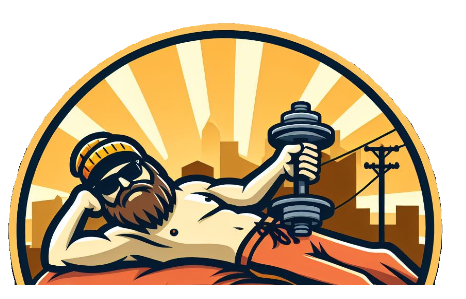












 (Stitches for my colostomy bag removal.)
(Stitches for my colostomy bag removal.)
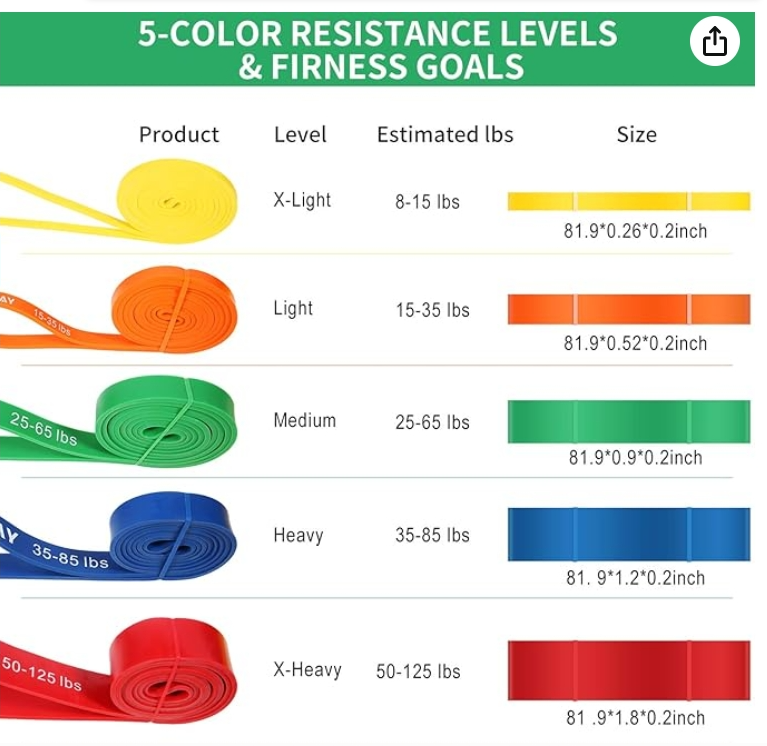



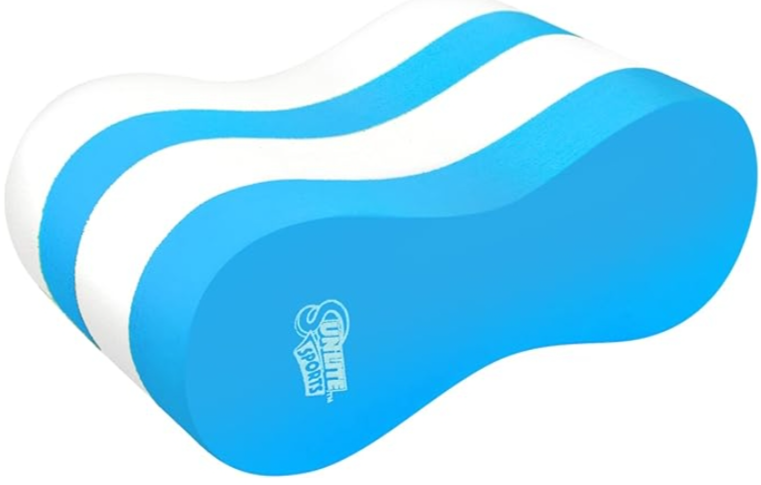
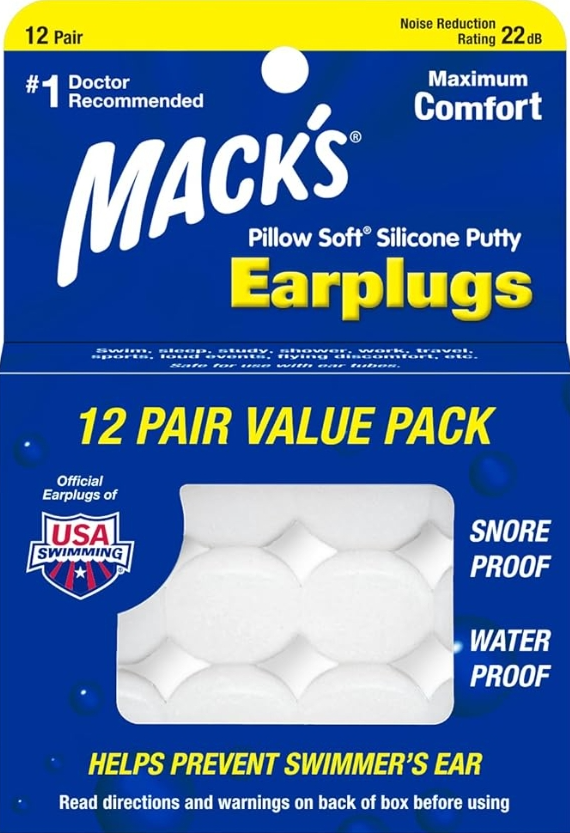




 One of the common threads of successful people is reading books.
One of the common threads of successful people is reading books.

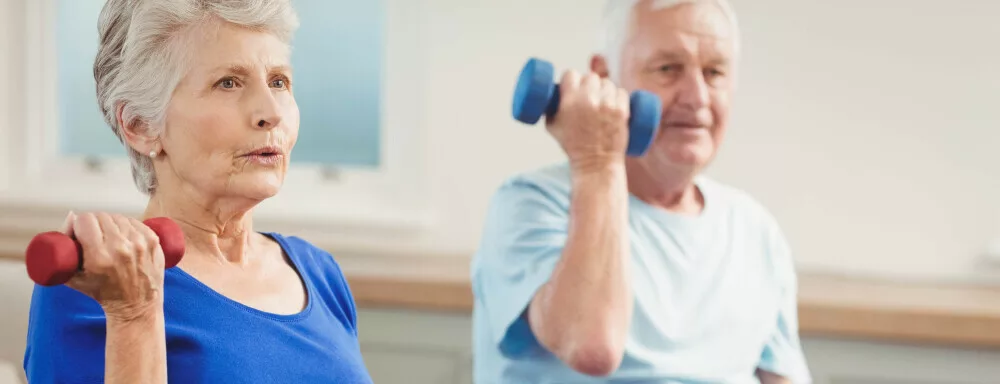
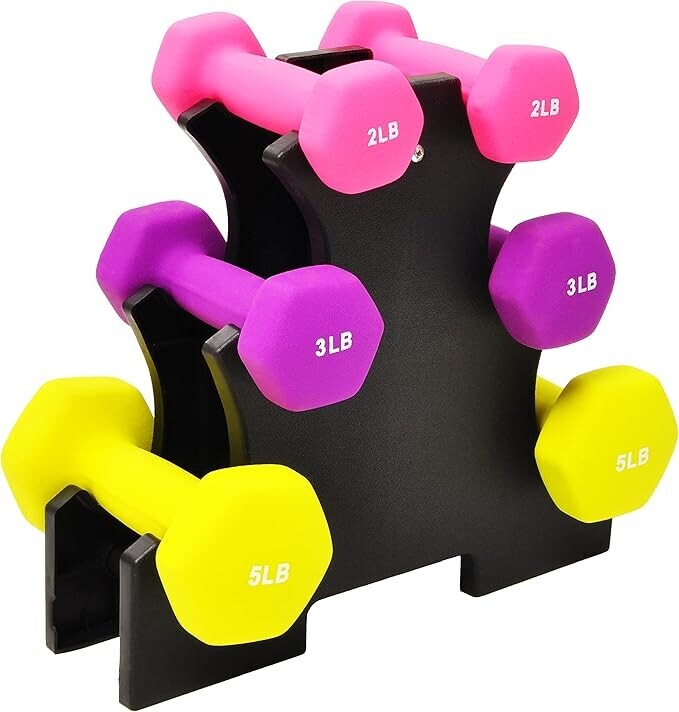

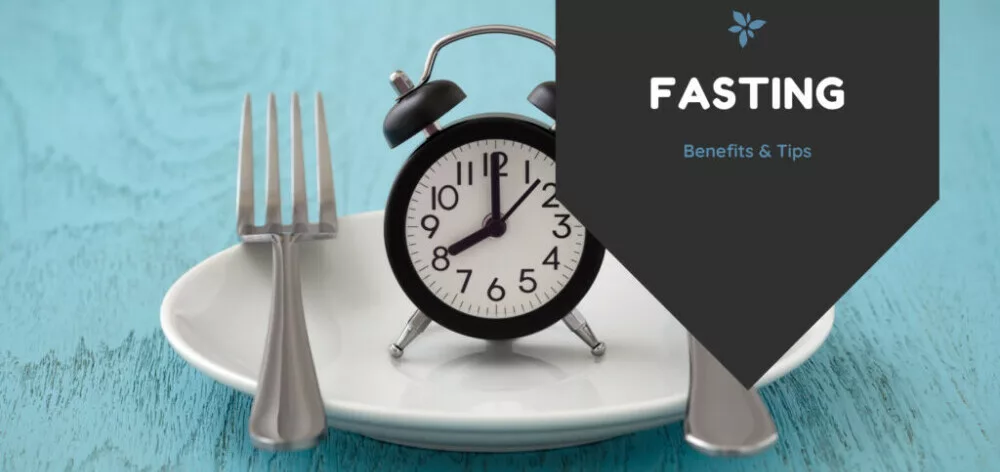

 Only $19.95 plus shipping if applicable.
Only $19.95 plus shipping if applicable.
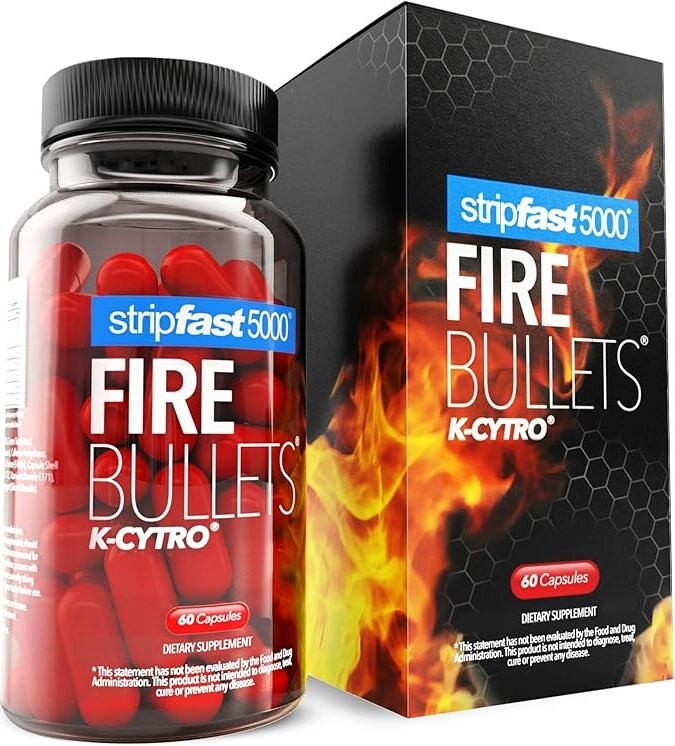
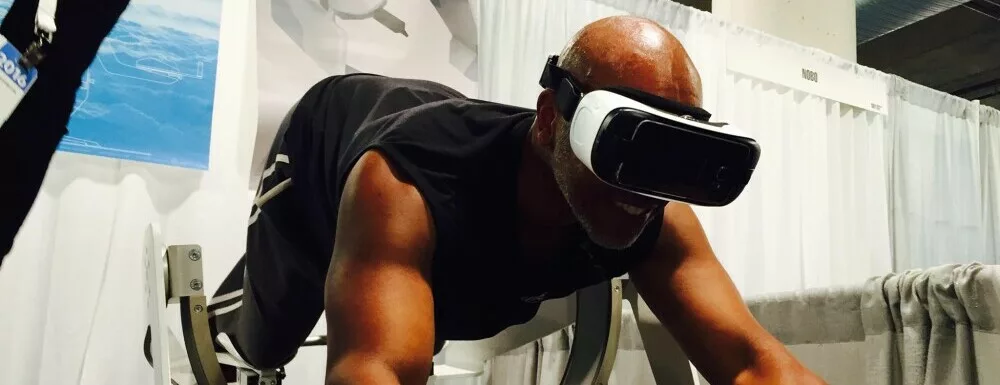
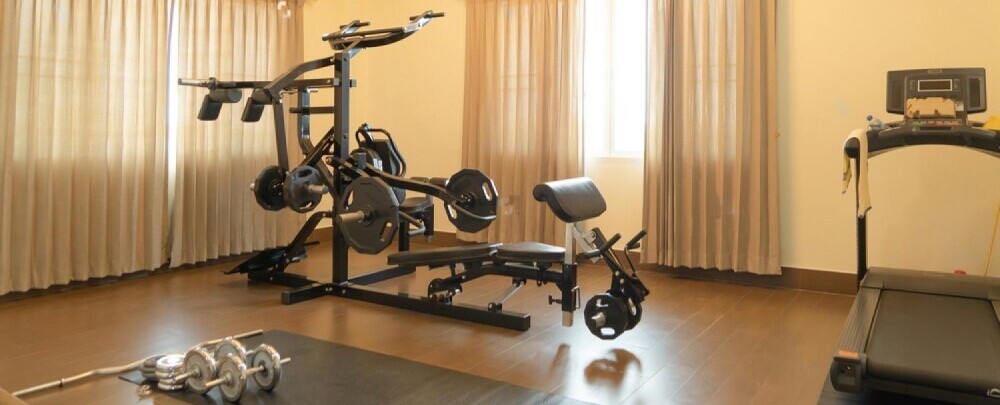
 Great for Smaller Areas.
Great for Smaller Areas.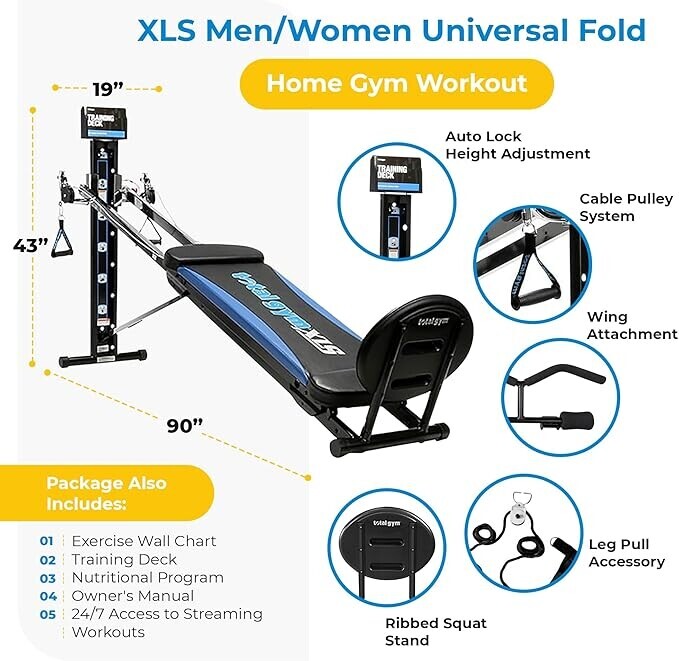
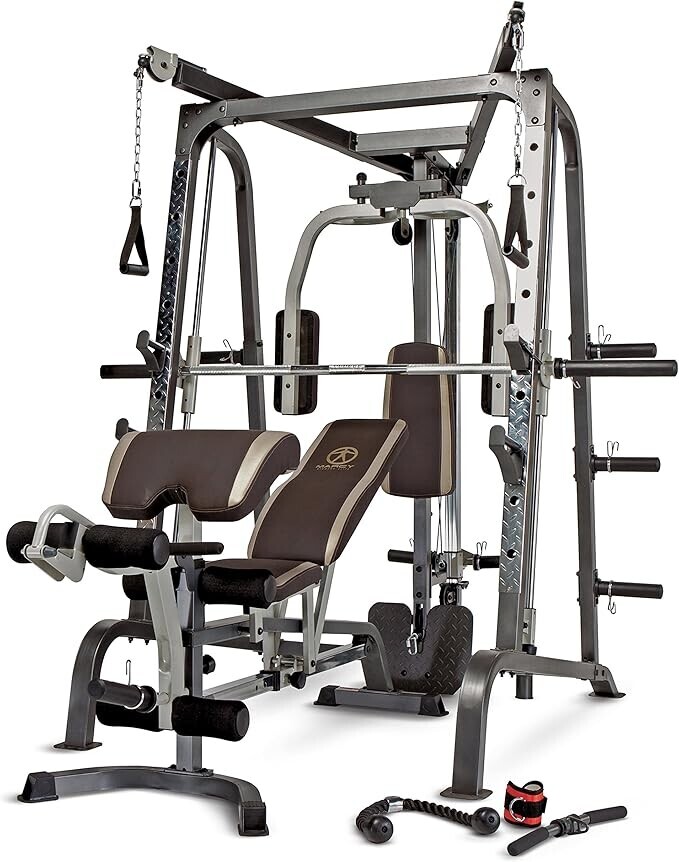 A robust option for serious lifters, this machine combines a Smith machine, cable crossovers, and a leg developer. It’s perfect for a comprehensive strength training routine, offering a wide range of exercises in one compact system.
A robust option for serious lifters, this machine combines a Smith machine, cable crossovers, and a leg developer. It’s perfect for a comprehensive strength training routine, offering a wide range of exercises in one compact system.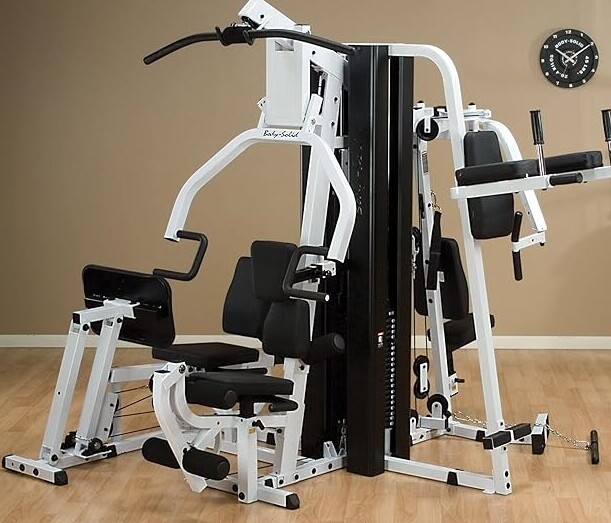 This multi-station machine provides a gym-quality workout at home. It includes separate stations for chest press, lat pull, leg extension, and more. With its durable construction, it’s a great investment for long-term fitness enthusiasts.
This multi-station machine provides a gym-quality workout at home. It includes separate stations for chest press, lat pull, leg extension, and more. With its durable construction, it’s a great investment for long-term fitness enthusiasts.
